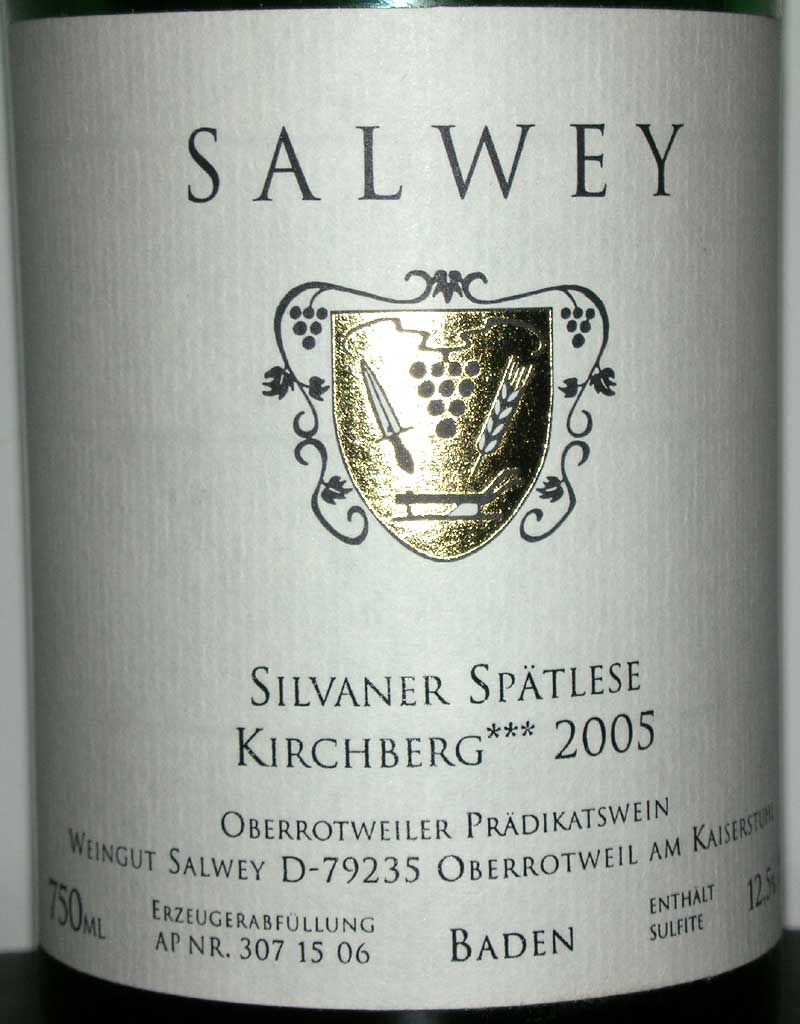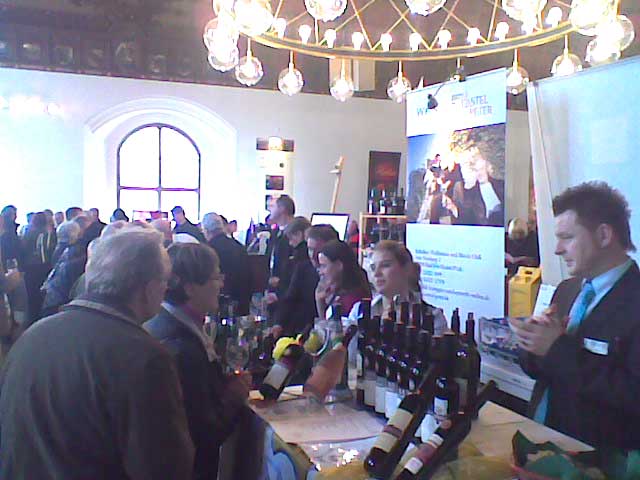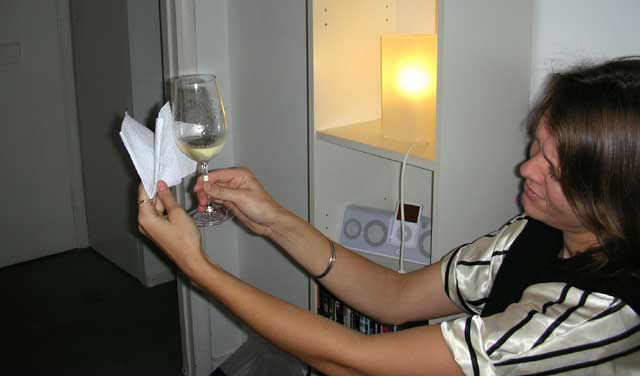Wine Rambler Music Hour: Ramble On
Autumn sun. Full moon. And now's the time, the time is now, to sing my song: Ramble On.
Leaves are falling all around, It's time I was on my way.
Thanks to you, I'm much obliged for such a pleasant stay.
But now it's time for me to go. The autumn moon lights my way.
For now I smell the rain, and with it pain, and it's headed my way.
Sometimes I grow so tired, but I know I've got one thing I got to do...Ramble On, And now's the time, the time is now, to sing my song.
I'm goin' 'round the world, I got to find my girl, on my way.
I've been this way ten years to the day, Ramble On,
Gotta find the queen of all my dreams.Got no time to for spreadin' roots, The time has come to be gone.
And to' our health we drank a thousand times, it's time to Ramble On.

 It is still 2009, the
It is still 2009, the 

 People have very different ideas about wine labels, including people in wineries, of course, and that must be a good thing as it creates a certain variety. The artist-designed label of this year's GrüVe is certainly very distinctive, although I cannot say that I like the way in which it overpowers the whole bottle to the point that you see nothing else. But that just is the tradition of the Sonnhof estate's GrüVe label, an entry level Austrian Grüner Veltliner from one of Austria's premier wineries.
People have very different ideas about wine labels, including people in wineries, of course, and that must be a good thing as it creates a certain variety. The artist-designed label of this year's GrüVe is certainly very distinctive, although I cannot say that I like the way in which it overpowers the whole bottle to the point that you see nothing else. But that just is the tradition of the Sonnhof estate's GrüVe label, an entry level Austrian Grüner Veltliner from one of Austria's premier wineries.

